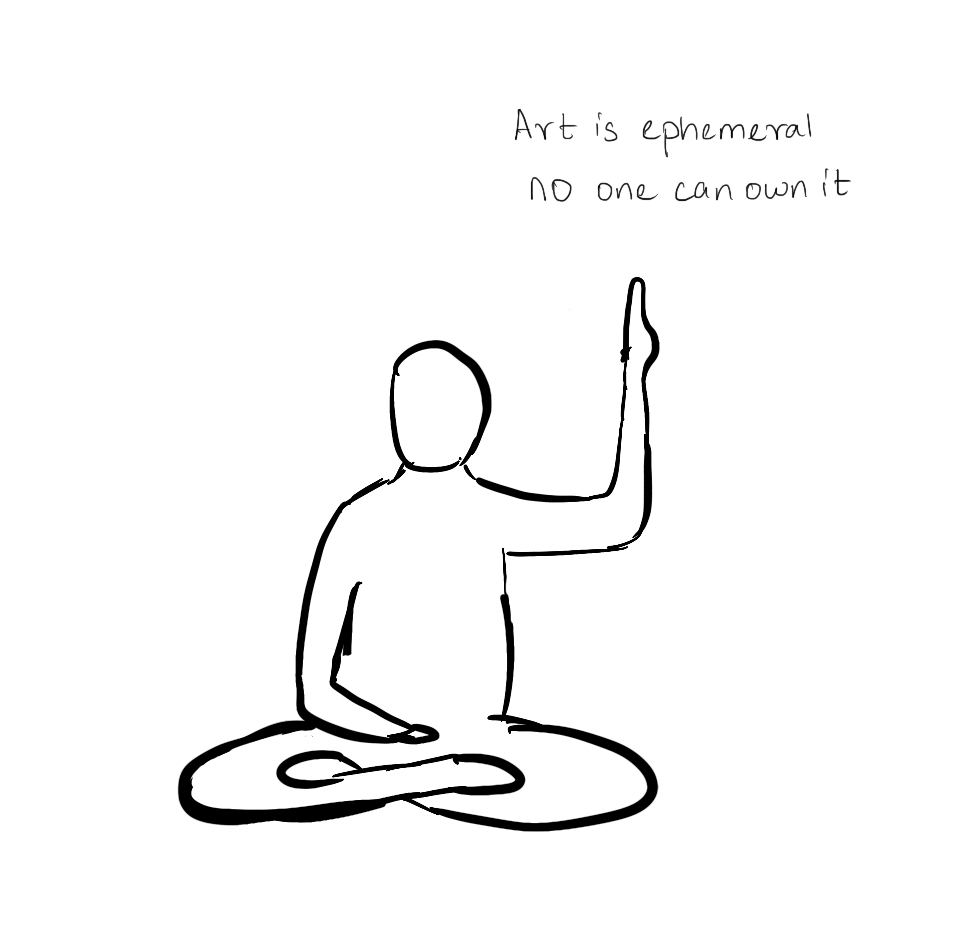Stray thoughts on the nature of ownership in dance
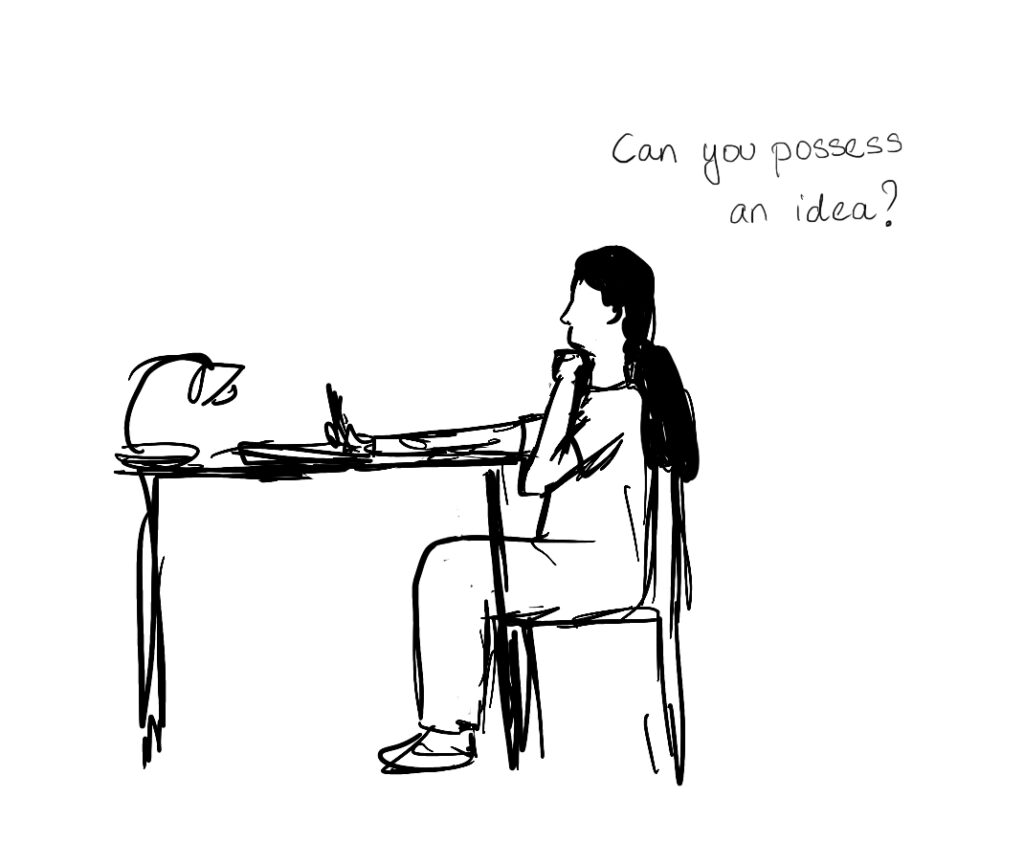
There is an impulse which embodies that which the artists are trying to convey to the audience. A philosophy perhaps, a thought they wish to explore, an event to be internalised. How this is transmitted differs for each artist. This impulse can come from anywhere.
The artists from the Open Studio (another initiative of the festival) can illustrate this very well. For Anagha Kashyap and her colleagues, their piece 13:61^Still, an exploration of movements around sleep and dreaming, was the product of a casual conversation. For Pintu Das, his solo Basha, was an expression of the language barriers he faced routinely in his professional life. And for Anuradha Venkataraman, her solo That Woman, an almost purely Bharatanatyam piece that looked at a wife falling in love with her husband’s mistress, was an exploration set off by an idea from her student. Each of these pieces began in different ways, with different origins.
During the process of creation, many people come together to bring a piece of artwork into existence. Dancers, choreographers, musicians, technicians, cinematographers, and directors – they all contribute. Their ideas, guiding principles, and intent that have triggered them to come together for a particular creative process always vary. How do they resolve their differences and bring a creative process to a collective closure? Do they all have equal amounts of authorship and decision making agency in the process? Or is there one person who leads the group? How do they play off of each other’s strengths and weaknesses? The artwork itself evolves, takes on a life of its own during the process. The final work may project and represent a narrative or a premise that may be entirely different from its starting point.
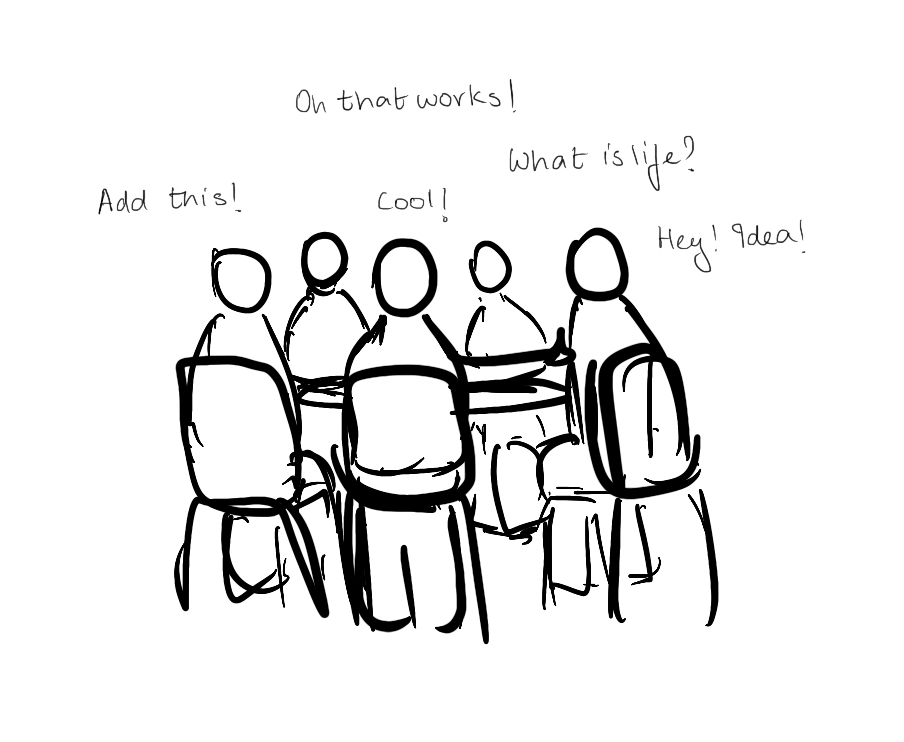
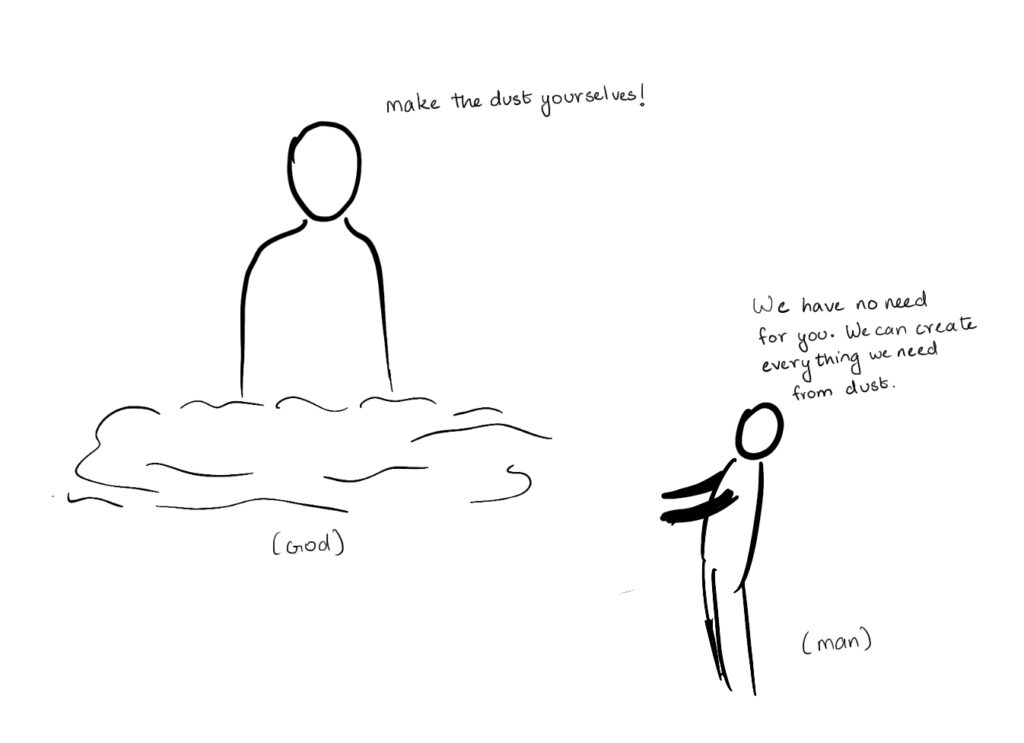
To address dance specifically, it is amazing how it changes in the very moment of performance. The space, the dancers’ bodies, the audience, almost always tend to re-choreograph a work in the moment of its execution. Any mistakes the performers make can be read as the material of the performance. And oftentimes also gets incorporated into the following versions of the performance.
The question of source takes on greater importance in the practice of archiving of dance, or while using the older forms in newer ways as they try to evolve to keep up with the world. Garry Stewart, eminent Australian choreographer, filmmaker and former artistic director of the Australian Dance Theatre, related a similar instance during his discussion with Jayachandran Palazhy following the screening of his film The Circadian Cycle. He has used aboriginal chants in the musical score of his series Nature, a live performance choreography from which originate some of the movements in The Circadian Cycle. For the use of these chants, he sought out the tribe elders, learnt the history from them, and asked for their consent on what he could use, and what he could not. This is what one must mean by – “repurposing older traditions while staying true to their original beliefs!”
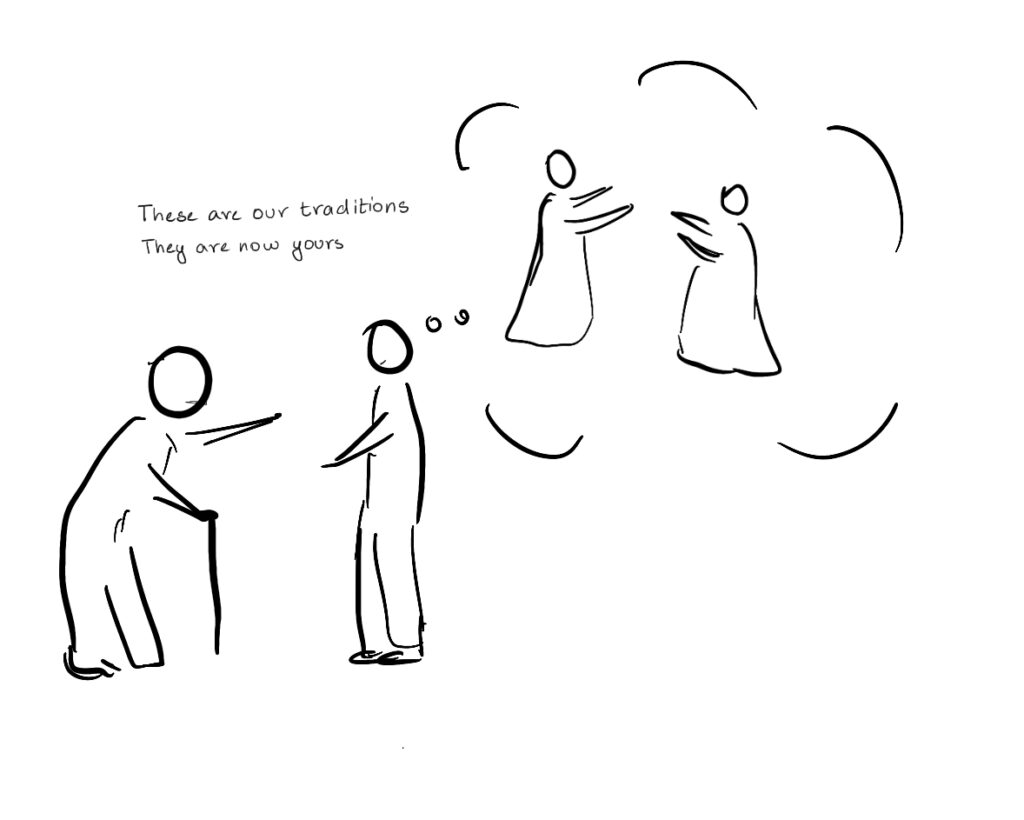
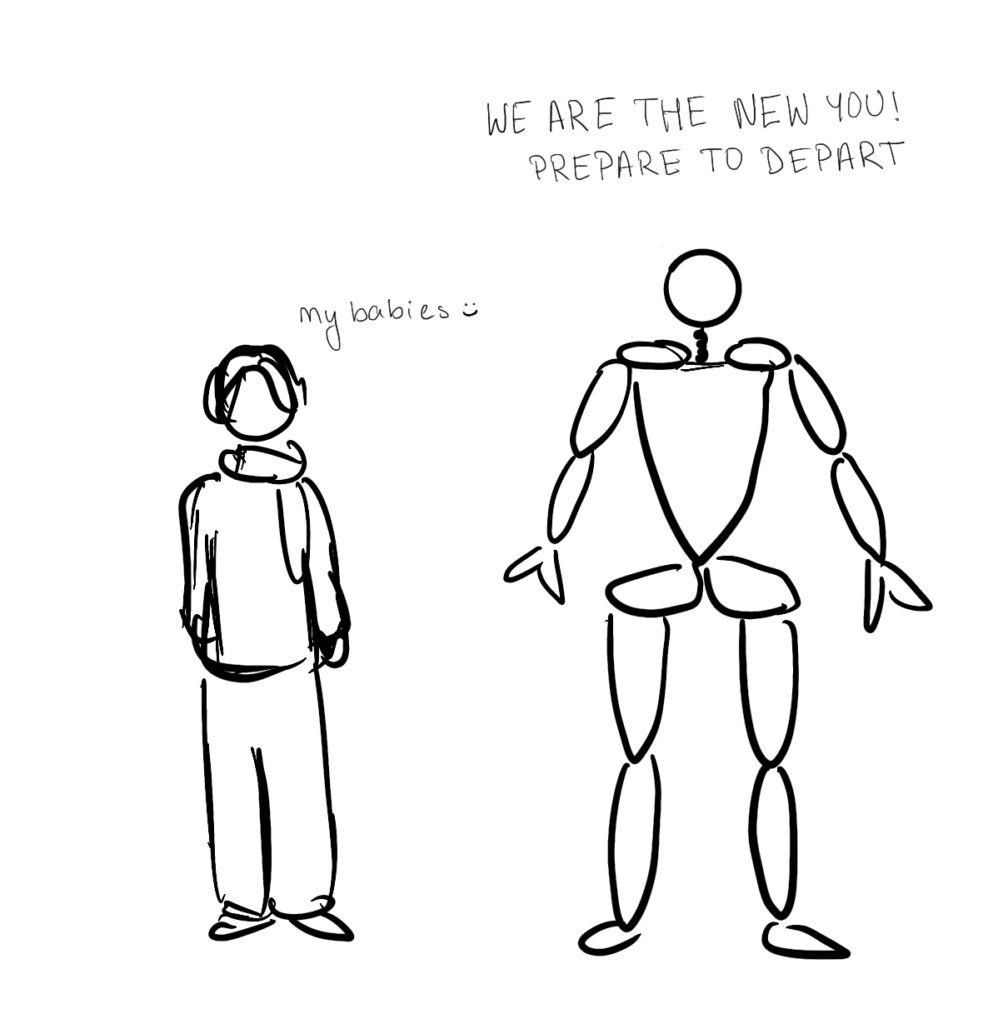
In the end, one could argue that it is what the viewer sees that matters. There are stages, auditoriums, theatres, galleries and other spaces where the ideas from the dance enter the minds of the audience. These ideas evolve and change through their thoughts, their perceptions. The piece remains constantly alive and shifting through the conversations it sparks off, through the responses it receives, in the form of artwork or otherwise. There exist multiple versions of each dance in the minds of the viewers.
Perhaps nobody owns the dance. Perhaps it belongs to those who feel touched by it. Everyone who understands a part of it, who relates to a particular movement, a particular moment. Perhaps it is just passing through our lives, like rain that can be a light shower or a gale, giving us something new to ponder, something to feel.
